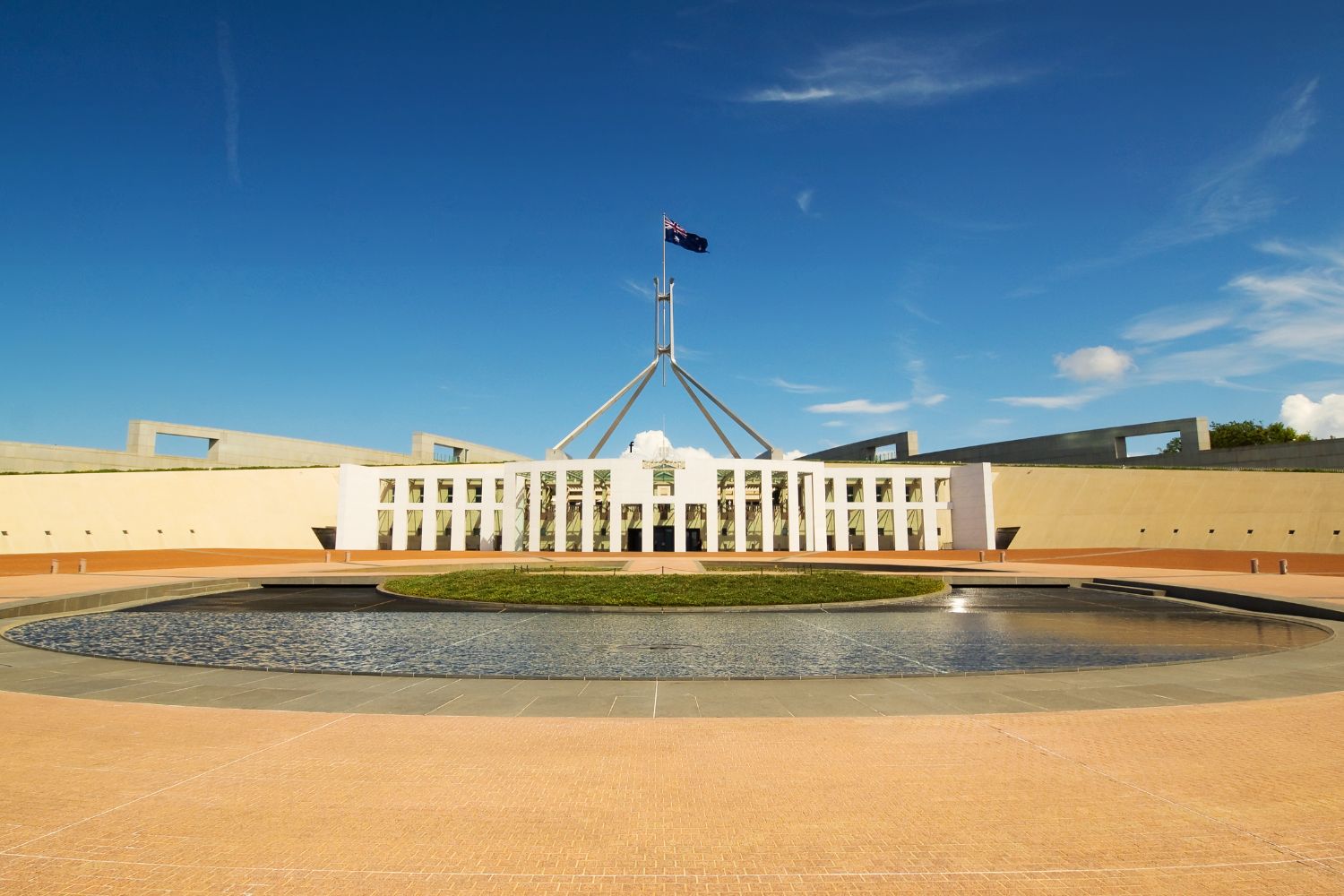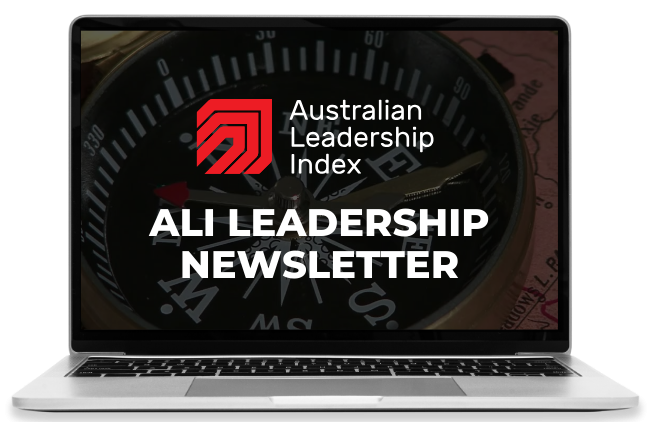Against a backdrop of unethical conduct, irresponsible leadership and deep distrust of institutions, there is a pervasive sense that we are not well served by our institutions or those who lead them. As demonstrated by the Australian Leadership Index over the last six years, institutions across the board are widely seen by Australians as more concerned with vested interests than they are with the public interest.
We have learnt a great deal about how Australians think about the common good and leadership for the greater good since the inception of the Australian Leadership Index. As we draw to the end of 2024, its timely for us to take stock on what we have learnt and to look ahead to what is next.
What have we learnt about the common good?
For people not conversant with philosophy, the common good—which is also called the social, public and greater good— is a self-evident concept. However, the common good is complex a normative concept with long and contested history, replete with diverging and often contradictory meanings, as reflected unitary theories, which define the common good in relation to a higher purpose, aggregative theories, which conceptualise the common good as the aggregation of individual goods rather than a collective social goal, civic approaches, which construe the common good as those public and common goods that all share as members of a community, and procedural approaches, which equate the common good with the outcome of specific processes and procedures (Mansbridge, 2013).
If scholars within the Western tradition have been unable to converge on a shared conception of the common good, where else might we look? One possibility is within folk theories, which are lay beliefs that represent an individual’s informal and subjective understanding of the world around them. Given the near total absence of research examining folk theories of the common good, the Australian Leadership Index team investigated whether lay representations of the common good are characterised by shared themes, and if so, aims to uncover their structure (Wheeler, Wilson, Baes & Demsar, 2023).
Drawing on a nationally representative Australian sample of open-ended text responses (n = 14,303), we uncovered a consistent conceptual structure in folk conceptions of the common good, with nine themes corresponding to three core aspects: (i) outcomes and objects, (ii) principles and processes and (iii) stakeholders and beneficiaries. Drawing all this together, we developed a working definition of the folk concept of the common good: ‘achieving the best possible outcome for the largest number of people, which is underpinned by decision-making that is ethically and morally sound and varies by the context in which the decisions are made’. Understood in this way, the common good is as much about process as it is about outcomes, which need to be considered in light of the communities for which, and the context in which, the good is sought (Wheeler et al., 2023; Wilson, 2024).
What have we learnt about leadership for the greater good?
The centrepiece of our research into Australian leadership for the common or greater good is the Australian Leadership Index website and data portal, which provides open access to our findings to people in Australia and around the world. By reporting our results publicly, our aim has been to provoke and sustain a national conversation about the nature and quality of leadership in our key political, social and commercial institutions. Thanks to the generous supported of Stephen and Margaret Graham of the Graham Family Foundation, the Australian Leadership Index has grown to become the largest ever ongoing research study of leadership for the greater good in Australia.
Overall, our research paints a somewhat pessimistic picture about the state of leadership for the greater good in Australia. In report after report after report, we have demonstrated that the public takes a dim view of the state of Australian leadership. The government sector is perceived as the worst performer in terms of leadership for the greater good, followed closely by the private sector. By contrast, the public and non-profit sector is seen as showing the most leadership for the greater good. At the institution-level, emergency services, higher education and charitable institutions are among the best and most consistent performers in terms of perceived leadership for the greater good. In stark contrast, the federal government is consistently among the worst performers in terms of perceived leadership for the greater good, typically outperforming only the media and gaming companies. Despite briefly rising in public esteem during first year of the coronavirus pandemic, at which time most Australians thought the federal government was leading for the good of all Australians, the stocks of the government fell precipitously thereafter, returning to its original dismal state of public disdain.
Our research has also revealed, time and time again, that the most important driver of public perceptions of institutional leadership for the greater good is the institutional integrity, which refers to such interlocking as trustworthiness, transparency, and accountability. Although the competence of institutions matter, without public integrity, there is no leadership for the greater good. The types of variables that consistently predict public integrity are things like “treating everyone fairly”, “behaving ethically” and “acting in the best interests of society”.
On the face of it, the prescription to treat people fairly, behave ethically and act in the best interests of society seems quite straightforward, and perhaps it is in the context of single moral tribes. However, in the context of a complex, pluralistic society with competing moral tribes, each with conflicting visons and competing conceptions of the good, the question of what it means to treat people fairly, behave ethically and act in the best interests of society is not easy or straightforward at all.
What’s next for the Australian Leadership Index?
Making sense of the meaning and practice of institutional and civic leadership for the common good in the context of competing visions of the common good, social polarisation, and parlous civic health are core challenges for the Australian Leadership Index.
To provide a brief sense of the challenges ahead, consider the notion, central to the concept of ethics and integrity, that it is essential to behave in a manner that is just or fair. What does it really mean to “treat people fairly”? The answer to this question seems to depend in part on one’s moral and philosophical worldview. To help make sense of this point, it is helpful to draw on a new framework proposed by sociologists John Iceland and Eric Silver, which delineates two basic worldviews that they call Social Justice and Social Order, respectively. This framework can help us see why it is so hard to act and lead in a way that is universally judged as serving the common good.
Let me offer a simple example to illustrate this point. Everyone cares about fairness. However, there are two major kinds of fairness, and these are differentially endorsed by people with Social Justice and Social Order worldviews, partly because these worldviews are grounded in distinct moral intuitions. To illustrate, whereas people with a Social Justice worldview tends to think about fairness in terms of outcomes, people with a Social Order worldview tends to think about fairness in terms of processes.
Corresponding differences are observed in how equality is understood. Consistent with their focus on outcomes, people with a Social Justice perspective tends to think about equality in terms of equality of outcome, viewing inequalities of outcome as the result of unjust discrimination. By contrast, people with a Social Order worldview, who think about equality in terms of proportionality, emphasize equality of opportunity, viewing variation in outcomes as the result of individual differences in talent, effort, preferences and choices.
Thus, although fairness and equality are important for both moral tribes, the meaning ascribed to these concepts is completely different. A raft of other differences seem to obtain between these moral tribes which relate to freedom, choice and responsibility, the importance of individual and group identity, and the pace and scale of social change. All these things further complicate what it means to lead, and be judged to lead, in the service of the common good.
What might this mean for the future of our research into leadership for the common good? Knowing what we know now, six years into our quest to understand meaning of the common good and leadership in its service, we propose that scholars and practitioners of leadership for common good must reckon with five basic, interlocking propositions in the search for the common good.
First, in complex, pluralistic societies, there is no single, determinate common good but rather a diversity of often-competing conceptions of the common good. Second, people’s conceptions of the common good influence how they organise and justify social relations, as well as how they make sense of and attempt to solve the problems encountered in the world. Third, although each perspective on the common good is partial and incomplete, and often exists in uncomfortable tension with other perspectives, each perspective nevertheless contains wisdom that is lacking in the others. Fourth, each time one of these perspectives is excluded from collective decision-making in shared power contexts—those in which no one is in charge—governance failure inevitably results. Fifth, because successful solutions to complex problems tend to involve experimental combinations of these different perspectives, leadership for the common good must necessarily tolerate and accept the paradoxes of the common good as normal, rather than deviant, and reconceive the paradoxes of the common good as opportunities to be embraced rather than problems to be solved.
Understood in this way, the challenges of leadership for the common good are not challenges of elites and institutions. Rather, they are challenges that must be apprehended and addressed by everyone. Given this, it is critical to consider what ordinary citizens can do, not only to practice leadership for the common good, but also to find common ground and jointly foster the conditions in which a culture of leadership for the common good can take root and flourish. It is to these challenges that we will turn our mind in 2025.
A new Australian Leadership Index experience is coming in 2025, as we look to further the conversation to improve leadership in this country.
For more updates and leadership insights follow our LinkedIn page today and stay tuned to the Australian Leadership Index website.




